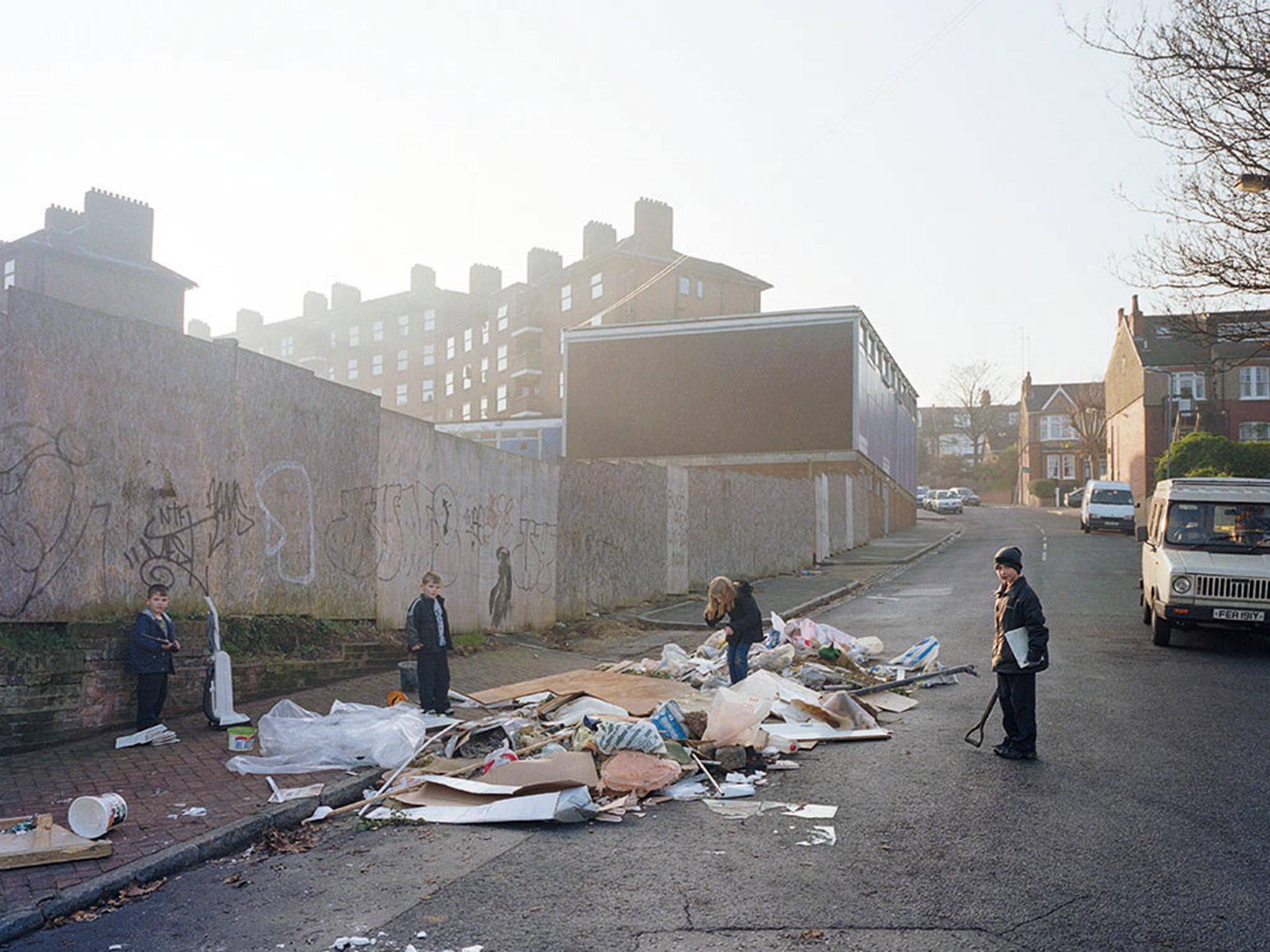The Independent's journalism is supported by our readers. When you purchase through links on our site, we may earn commission.
East London pre-hipsters: The photographers who documented Lea Valley before gentrification
Parts of east London have been transformed in recent years. Two photographers are attempting to capture this rapid piece of history before it’s too late

Your support helps us to tell the story
From reproductive rights to climate change to Big Tech, The Independent is on the ground when the story is developing. Whether it's investigating the financials of Elon Musk's pro-Trump PAC or producing our latest documentary, 'The A Word', which shines a light on the American women fighting for reproductive rights, we know how important it is to parse out the facts from the messaging.
At such a critical moment in US history, we need reporters on the ground. Your donation allows us to keep sending journalists to speak to both sides of the story.
The Independent is trusted by Americans across the entire political spectrum. And unlike many other quality news outlets, we choose not to lock Americans out of our reporting and analysis with paywalls. We believe quality journalism should be available to everyone, paid for by those who can afford it.
Your support makes all the difference.In just over a decade, east London has gone from being synonymous to outsiders with Cockneys and pie and mash – to edgy artists, gentrification, hipsters and luxury flats.
The Lea Valley is a part the capital that has been washed over by this wave of change. The areas of Canning Town, Stratfod, Leyton, Bow, Bromley and Homerton dot its banks. Nearby are the once ultra-trendy areas of Shoreditch and Hackney.
Its namesake the River Lea runs from Hertfordshire to and joins the Thames River in East London, and helps to supply the capital with water. For years, the river served as a transport corridor and a source of unglamorous gravel and sand, while its banks were home to industry including gun powder and flour factories. Then it became a nature reserve and any area for leisure, encompassing the famous Hackney Marshes football pitch. In the run up to the 2012 Olympic Games, the Lea Valley area was caught up in the regeneration of east London. The UCL East campus at the Queen Elizabeth Olympic Park set to open in 2018 will give the area another face lift.
Photographers Polly Braden and David Campany captured the area in 2004 and 2005, and after the London Olympics in 2012. To take their shots, they explored the area on bike armed with a camera and a light meter. Their work was recently compiled in the book: Adventures in the Lea Valley. The project includes standard documentary and street photography, but also experimental staging.
The images explore this multifaceted part of the capital and reflects how it is distinctly urban, but has areas of natural abundance. In one shot, a stretch limo is viewed through algae-covered tree branches on a river bank. Another documents bikers parked up alongside a water-side industrial building. And an older woman sitting in a greasy-spoon café beside bottles of ketchup and a community notice board. Or children playing in a pile of household waste, one with a shovel in their hands.
“The 2012 Olympic facility was an imposed, top-down plan but what you really feel is the daily pragmatism of the place. There are tensions, but at its best everything rubs along,” Campany tells The Independent.
Having watched the area change gradually over time into another hipster enclave, has the character of the place changed forever?
“Yes,” he argues. “There are major changes that won't be reversed any time soon, notably the sharp decline in affordable rent and the relentless rise house prices,” says Campany. In 2012, housing and homelessness charity recorded a spike in the number of families being evicted by landlords who wanted to turf them out in favour of renting to visitors at higher prices.
“These change everything, from demographics and culture to the architecture and land use. Will the bubble burst? Who knows?” he asks.
The people who live in the Lea Valley area are “acutely aware” of how where they lived has gone from an area of urban decay to an in demand middle-class postcode in ten years, he says.
“The reaction to the book has been very positive,” says Campany. “They’ve tended to see the book very much as a historical document, even though the pictures aren't much more than a decade old.”
Asked whether there is a sweet-spot for regeneration before it becomes the negative-by-definition gentrification, Campany is wary of such terminology.
“That sounds like hipster real-estate speak. No comment!” he replies. His and Braden’s project have laid bare how amid the trendy coffee shops is real, tangible suffering.
“The increase is rough-sleeping along stretches of the Lea is worrying. Nobody should have to sleep rough,” he says.
Join our commenting forum
Join thought-provoking conversations, follow other Independent readers and see their replies
Comments